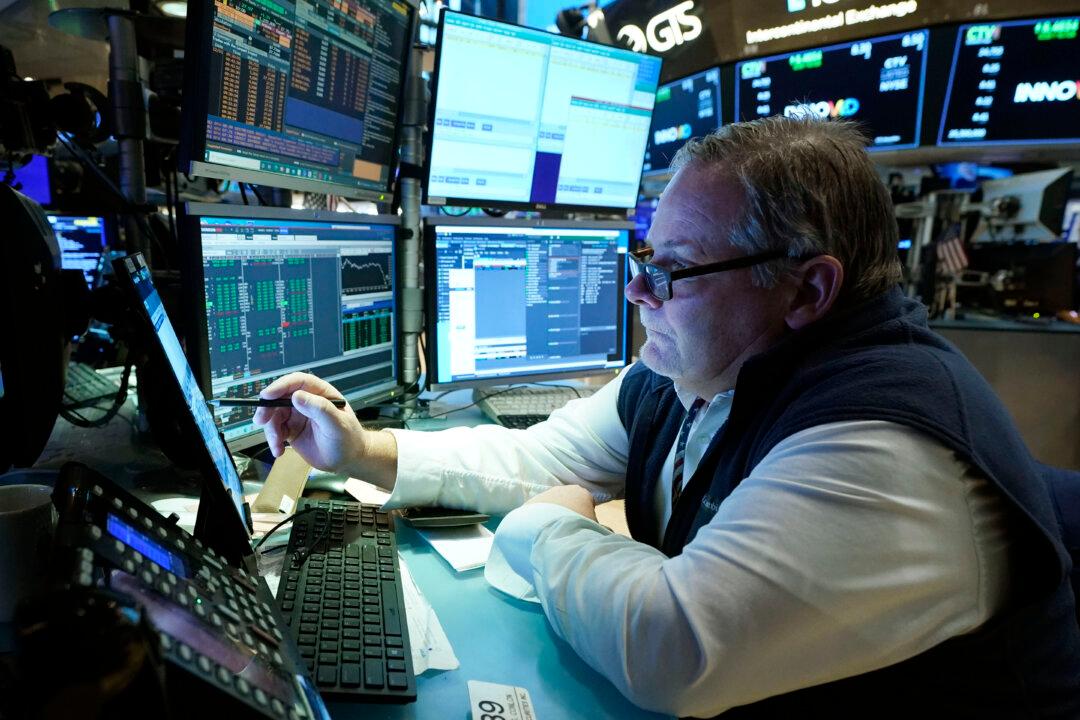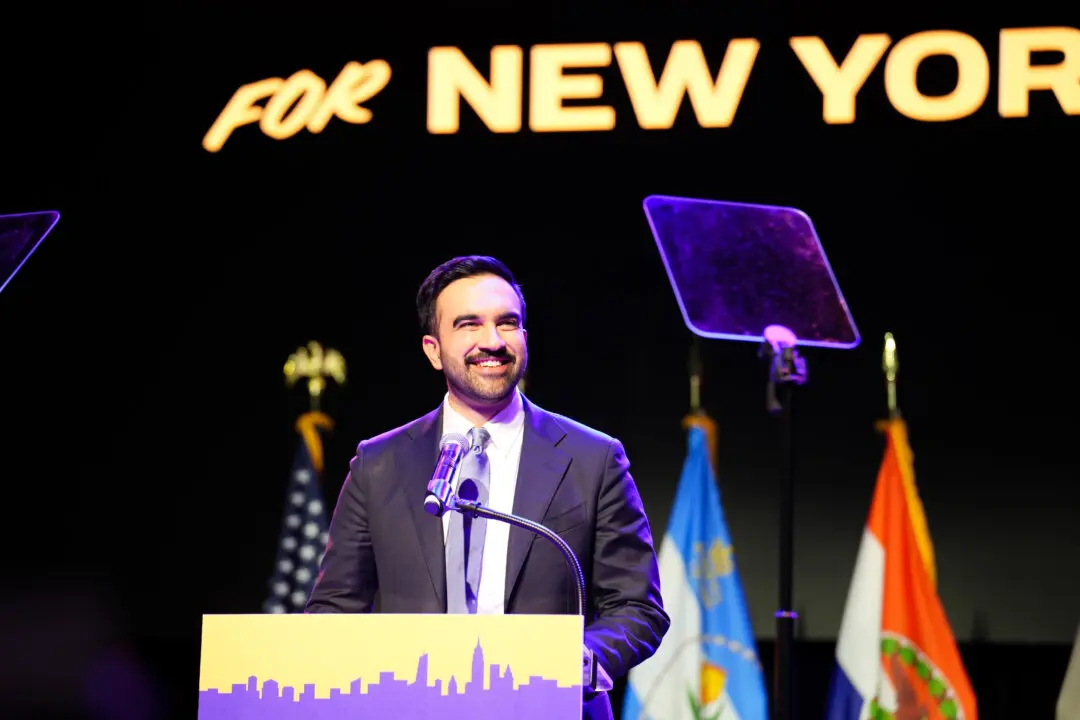JPMorgan analysts on Feb. 22 downgraded Russian equities from “overweight” to “neutral,” citing a sharp spike in uncertainty in the wake of Kremlin moves to recognize the independence of two breakaway statelets in eastern Ukraine, feeding into concern about a large-scale invasion.
“With uncertainty as high/valuations as low as we can remember and a declining investor appetite to accept Russian risk—either long or short—we move to N on Russian within our CEEMEA allocation,” JPMorgan analyst Elena Jouronova said in a note, according to Reuters.





